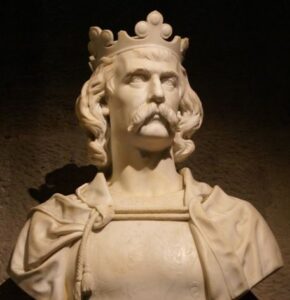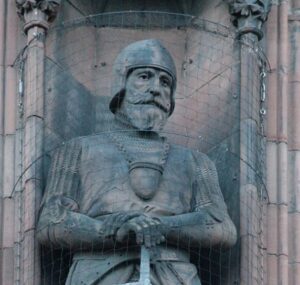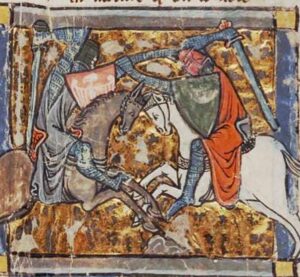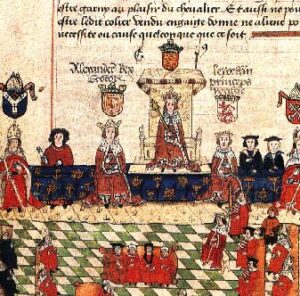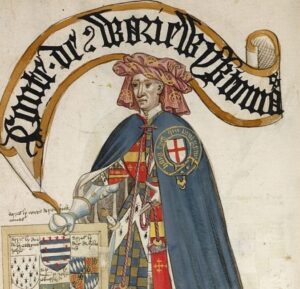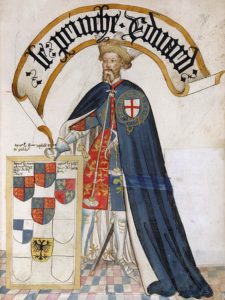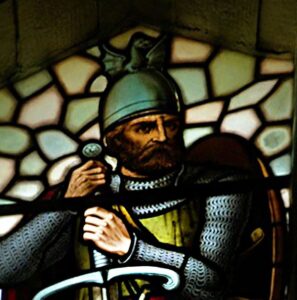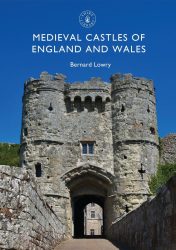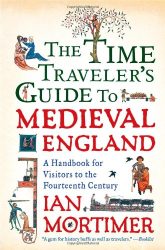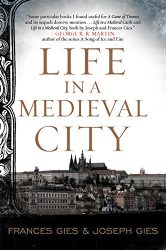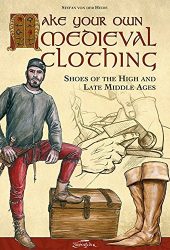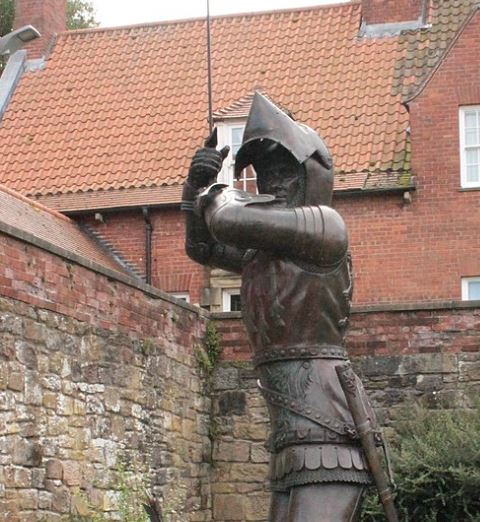
Henry Percy, known as “Hotspur,” was a prominent figure in medieval England during the late 14th and early 15th centuries. Born in 1364, he was the eldest son of Henry Percy, 1st Earl of Northumberland, and Margaret Neville. The Percys were one of the most powerful noble families in northern England, and Hotspur grew up amidst the tumultuous political landscape of the time.
Who Was Henry Percy?
Hotspur earned his nickname due to his fiery temperament and his prowess in battle. He became renowned for his military skill and valor on the battlefield. He played a significant role in the Anglo-Scottish wars, fighting against the Scots in numerous skirmishes and battles along the border.
One of Hotspur’s most notable achievements was his participation in the Battle of Otterburn in 1388, where he led the English forces against the Scots. Despite being outnumbered, Hotspur’s leadership and tactical acumen resulted in a decisive victory for the English.
Hotspur’s military successes and his reputation as a skilled knight made him a key figure in English politics. However, his relationship with King Henry IV, who had seized the throne from Richard II, became increasingly strained. Hotspur and his family had initially supported Henry IV’s claim to the throne, but they soon grew disillusioned with his reign.
In 1403, tensions between Hotspur and King Henry IV came to a head, leading to open rebellion. Hotspur, along with his father and allies, raised an army and confronted King Henry IV’s forces at the Battle of Shrewsbury. Despite putting up a fierce resistance, Hotspur was killed in the battle.
Although Hotspur’s rebellion was ultimately unsuccessful, he remained a celebrated figure in English folklore and literature. He was immortalized in William Shakespeare’s play “Henry IV, Part 1,” where he is portrayed as a heroic and noble character.
More Medieval Knights
Medieval knights were central figures in the feudal societies of Europe during the Middle Ages, typically belonging to the nobility and trained in the art of warfare from a young age. Clad in armor and mounted on horseback, knights epitomized the ideals of chivalry, honor, and bravery.

